
All washers will shake a little bit during the spin cycle, but if the washer is shaking excessively, it is most likely due to a defective suspension component. Depending on the make and model of the washer, and whether it is a front or top-loader, there are several different suspension components that may be causing the washer to shake excessively.
Our guide outlines the most likely components that have failed with instructions for how you can locate and replace them. However, before disassembling the washer to locate defective suspension parts, you should make sure the washer is level and not on a lean.
Dismantling the washer
Before removing any panels, make sure the washer is disconnected from the power. It is also a good idea to turn off the water supply to the washer.
If you have a top-load washer, access to the suspension components may require the removal of the rear access panel or the removal of the front panel. In some cases, the washer tub may need to be removed from the washer.
If you have a top-load washer, there are suspension components both underneath the tub and at the top and down the sides of it. Suspension components underneath the tub can be accessed by putting the washer on its back and looking underneath. Other suspension components will need to be accessed by removing the top panel, including the control panel.
The washer is not level
Washing machines must sit level on the floor to work properly. If the washer is on a lean, it can create an irregular wash or spin cycle that causes the washer to shake excessively.
A leveling tool should be placed on the washer to check that it is level. If the washer is on a lean, the washer’s leveling legs should be adjusted to ensure the washer is level.
You will find the leveling legs at the base of the washer. Some washers have self-adjusting leveling legs on the back. If a leveling leg is broken, it could be causing the shaking issue and should be replaced.
Worn out shock absorber (front-loader)
Most front-load washers have three to four shock absorbers that support the washer tub. If a shock absorber has worn out or become detached from the tub or base, the washer tub will almost certainly shake excessively.
Shock absorbers can be found at the base of the washer, where they are secured to the washer base and tub. Shock absorbers can be checked without removing them by making sure they are secure, not damaged, and not leaking oil. If a shock absorber is damaged, loose, or leaking oil, it will most likely need to be replaced.
A shock absorber can further be checked for damage by removing it from the washer. If it is easy to compress and expand the shock absorber by hand, it has failed and needs to be replaced. A shock absorber that is working correctly will offer increasing or decreasing resistance when compressed or expanded. If the shock absorber parts separate, it needs to be replaced.
Defective suspension rod or dampening straps (top-loader)
Most top-load washers have four suspension rods and dampening straps that secure the tub and ensure it can move without shaking excessively. If a suspension rod or dampening strap is defective, it will need to be replaced to stop the excessive shaking issue.
The suspension rods and dampening straps can be found at the top of the washer tub, spaced out evenly around it. The suspension rods run down the tub to the bottom of the outer tub, and the dampening straps are attached to the tub cover and the washer cabinet.
It can be difficult to check whether a suspension rod is defective. You may be able to see that it is damaged, or if you press down on the middle of the tub, it should rebound with a smooth bounce. If it doesn’t rebound quickly and smoothly, a suspension rod is likely defective.
The dampening straps are easier to check visually as to whether or not they are worn or broken and need to be replaced.
If you have an excessive shaking problem with a top-load washer, replacing the suspension rods and dampening straps is one of the most common solutions to the issue.
Defective spider support arm (front-loaders)
The spider support arm on a front-load washer holds the tub in place and helps to agitate the clothes. If you spin the tub by hand and hear a clicking or rumbling noise, it indicates that the spider support arm is damaged. If, when you spin the tub, you notice it is wobbling and not rotating evenly, it also indicates the spider support arm is damaged.
Checking and replacing the spider support arm will require dismantling the washer to locate the spider support arm at the back of the tub.
Defective springs
Both front-load and top-load washers may have suspension springs that, if defective, result in the washer excessively shaking.
If your top-load washer has suspension springs, they will be located at the top of the tub, where they support the tub from above. If you have a front-load washer, it will likely have suspension springs that support the base of the tub.
If any of the springs appear damaged, rusted, stretched out, or broken, they will need to be replaced to fix the excessive shaking issue.
Worn-out suspension pads
Suspension pads come in various forms, such as a ring or a small plastic pad. If a suspension pad is worn-out, it should be replaced to resolve the excessive shaking. Suspension pads can be found underneath the tub.
Defective balance ring
Most top-loaders and some front-load washers have a balance ring that is mounted on the front of the tub. The balance ring has liquid inside it to counterbalance the tub when it spins.
The balance ring will need to be inspected visually for signs of damage. If you have a top-load washer, the balance ring can be inspected by removing the tub cover. With front-load washers, the washer will need to be disassembled to locate and check the two balance rings, one on each end of the tub.
Defective tub bearings
Front-load washers have tub bearings at the rear of the outer tub, while top-load washers have bearings at the bottom of the tub, behind the motor. If a defective bearing is responsible for the excessive shaking, you should also notice a squealing sound when the tub is turning.
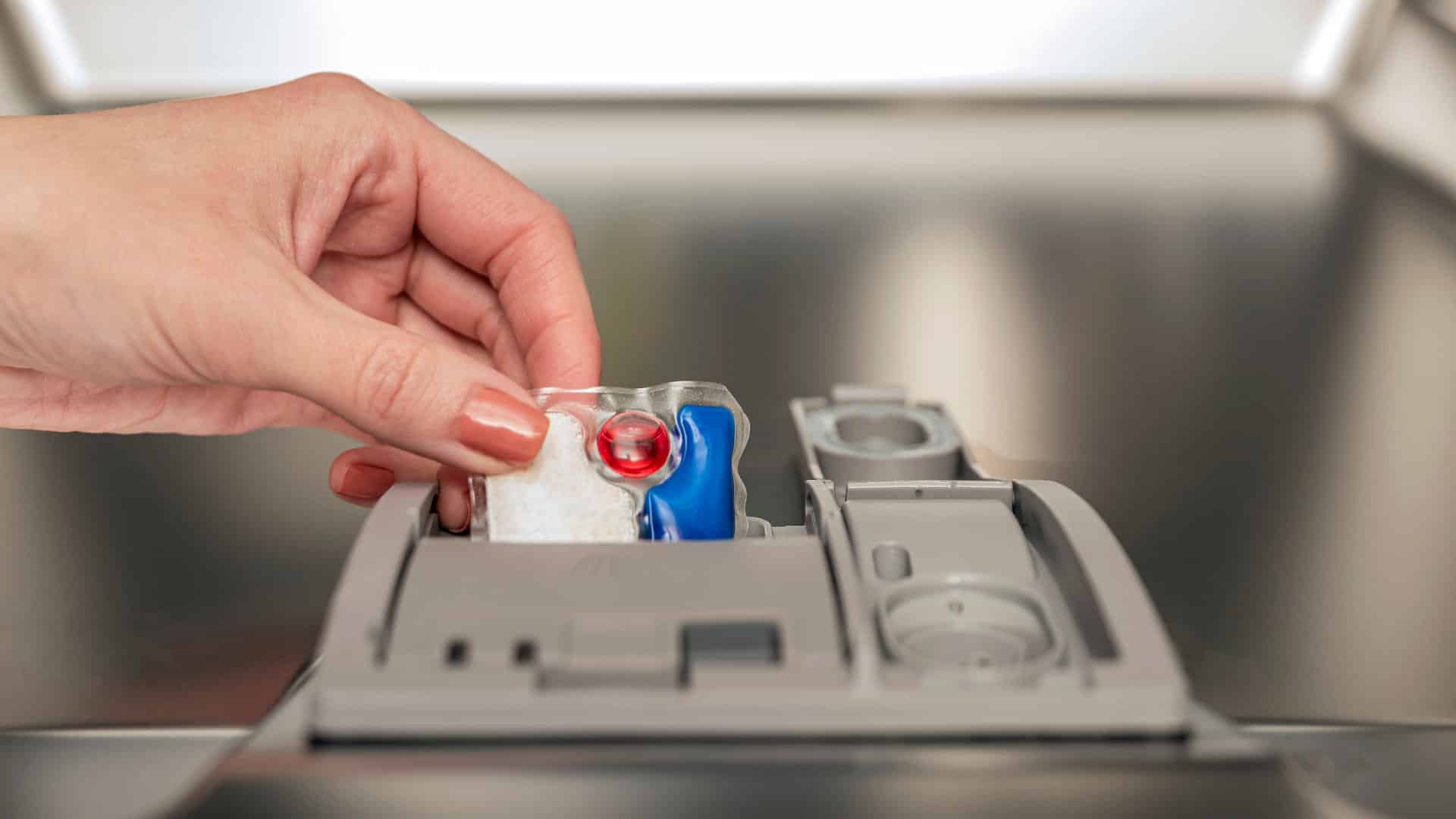
How to Clear E24 Error on Bosch Dishwasher
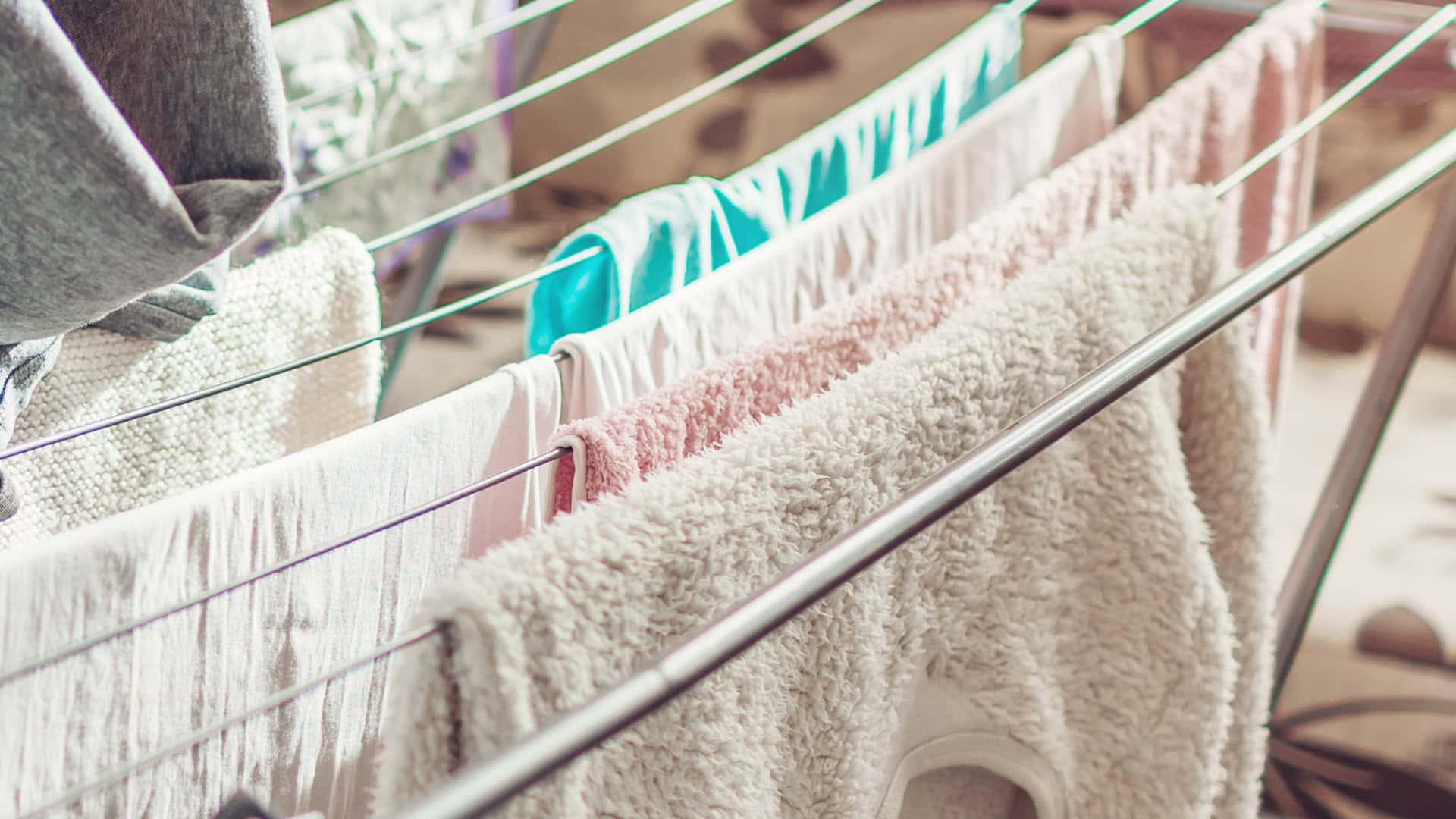
Samsung Dryer Not Heating Properly? (5 Fixes)
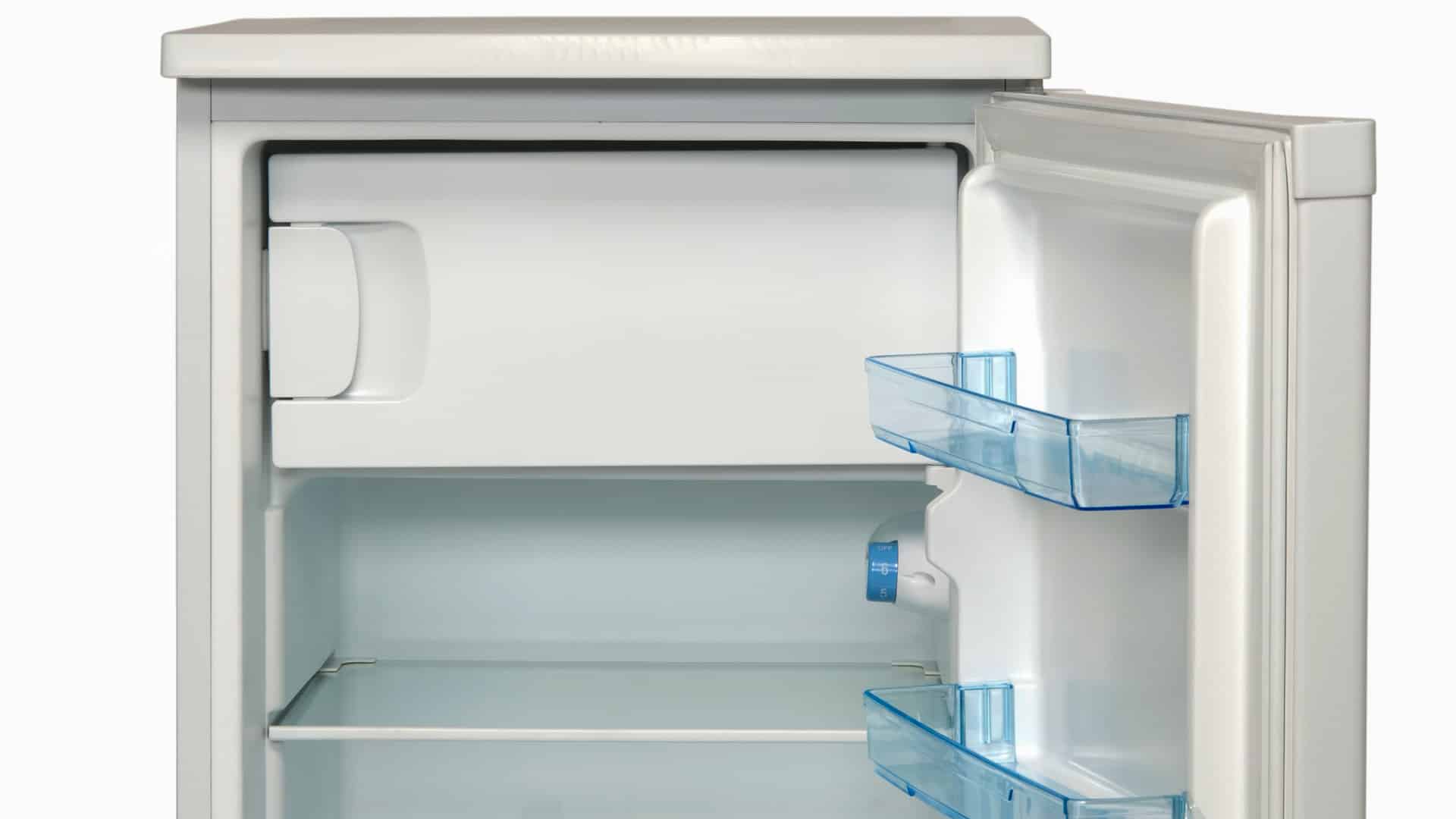
Why Is Your Mini Fridge Not Cooling? (5 Potential Reasons)
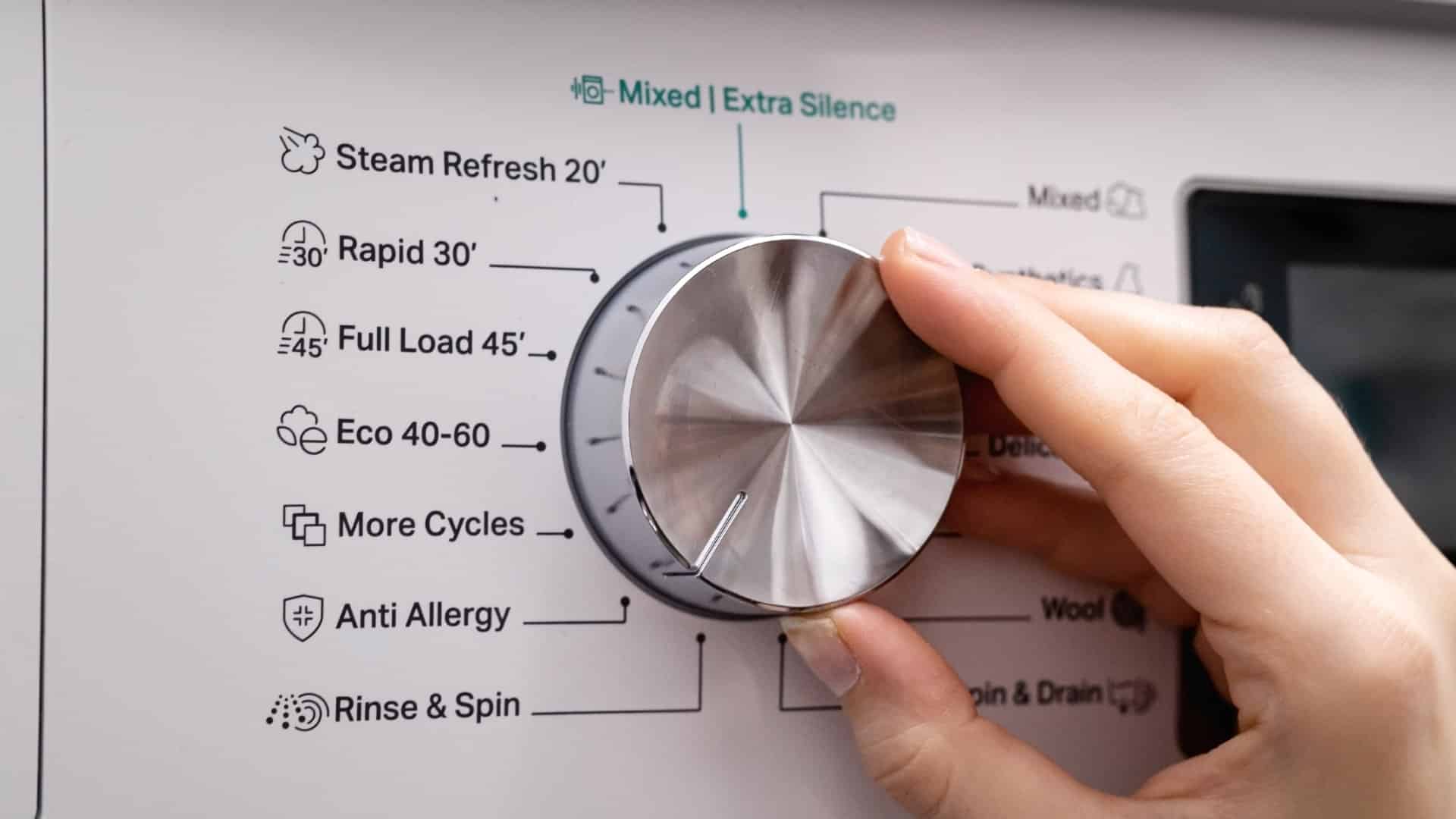
How to Fix Samsung Washer Error Code 4C
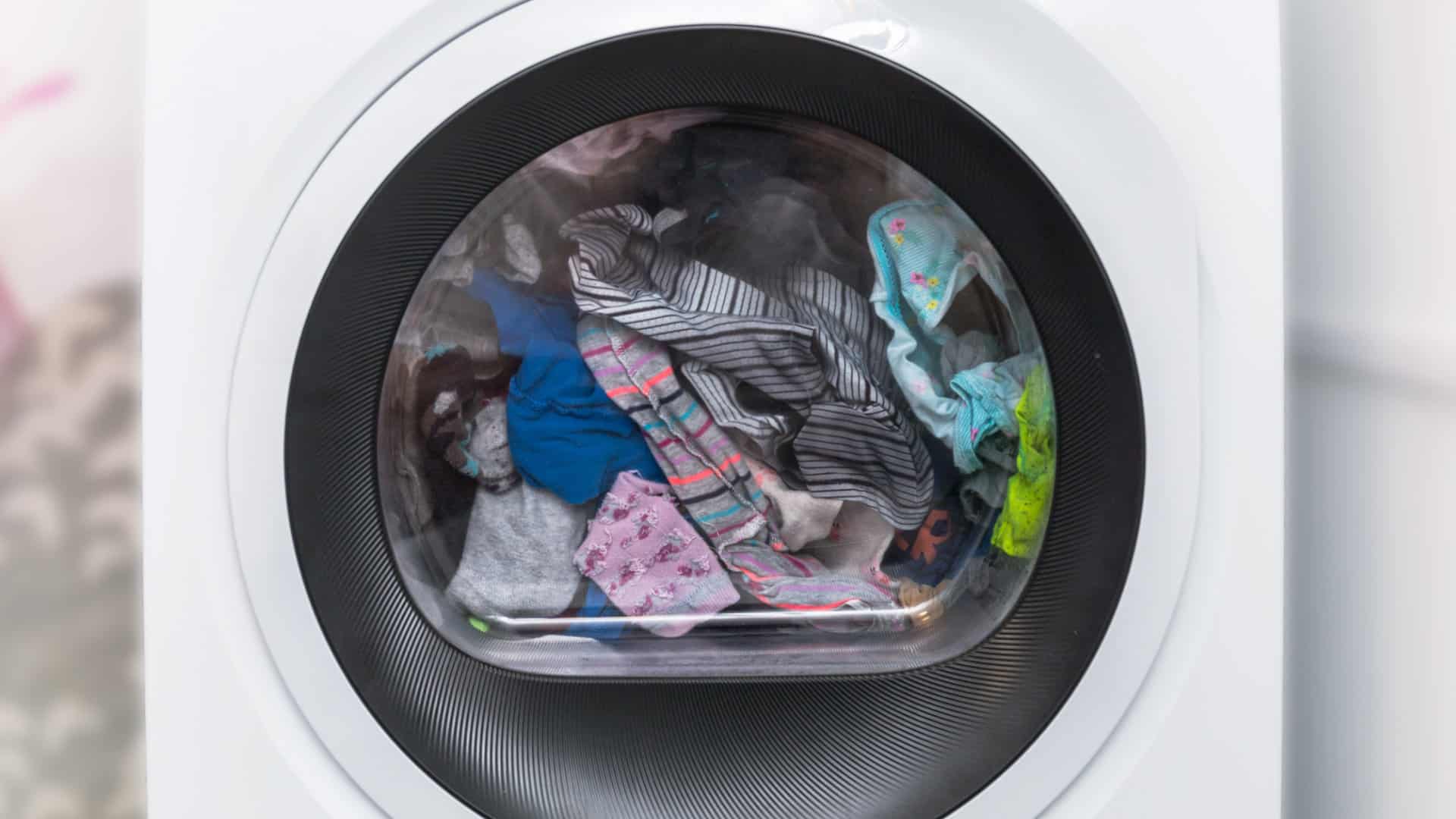
How to Resolve UE Error Code on your LG Washer
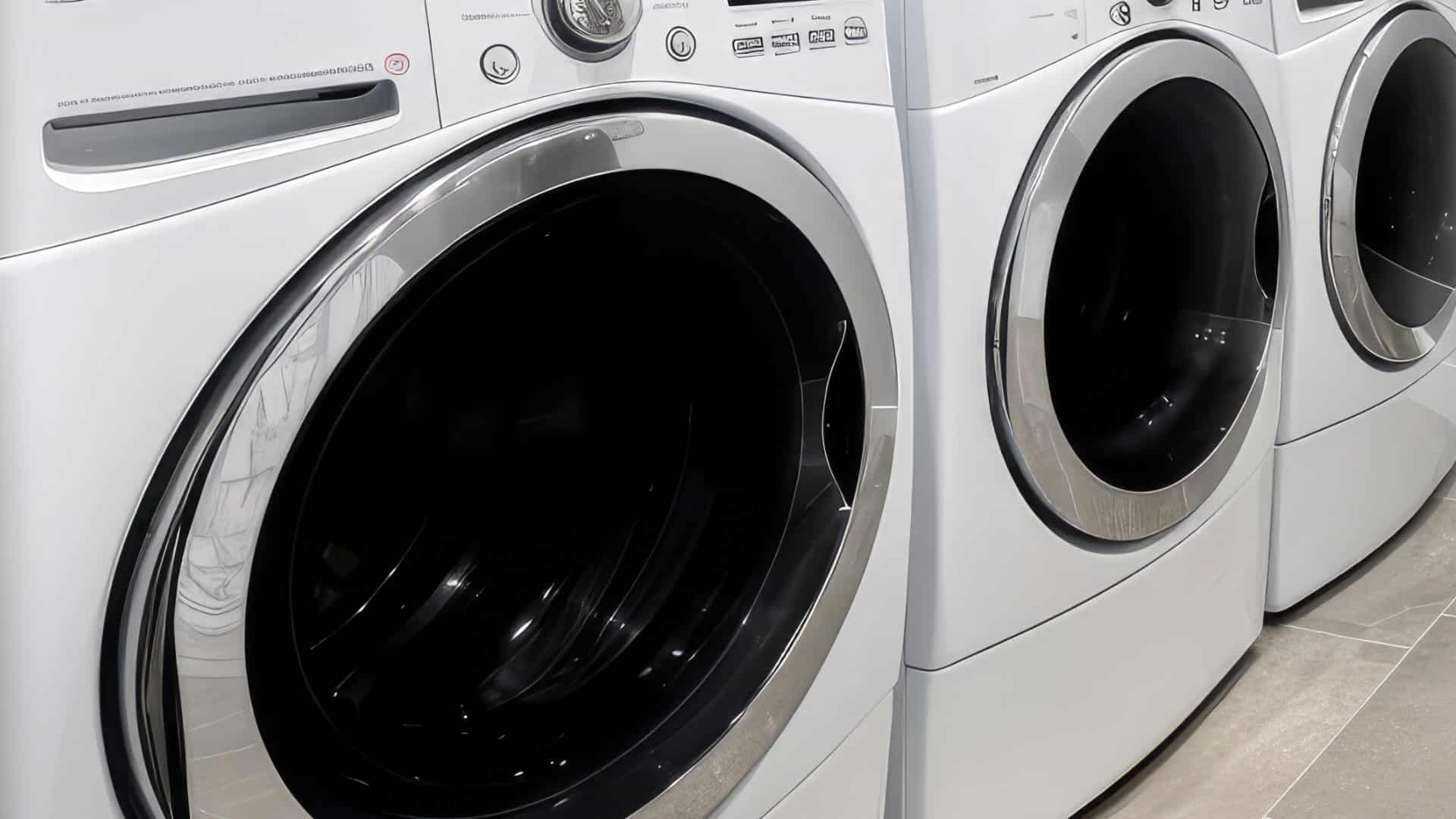
LG Washing Machine Error Codes: How to Fix Them
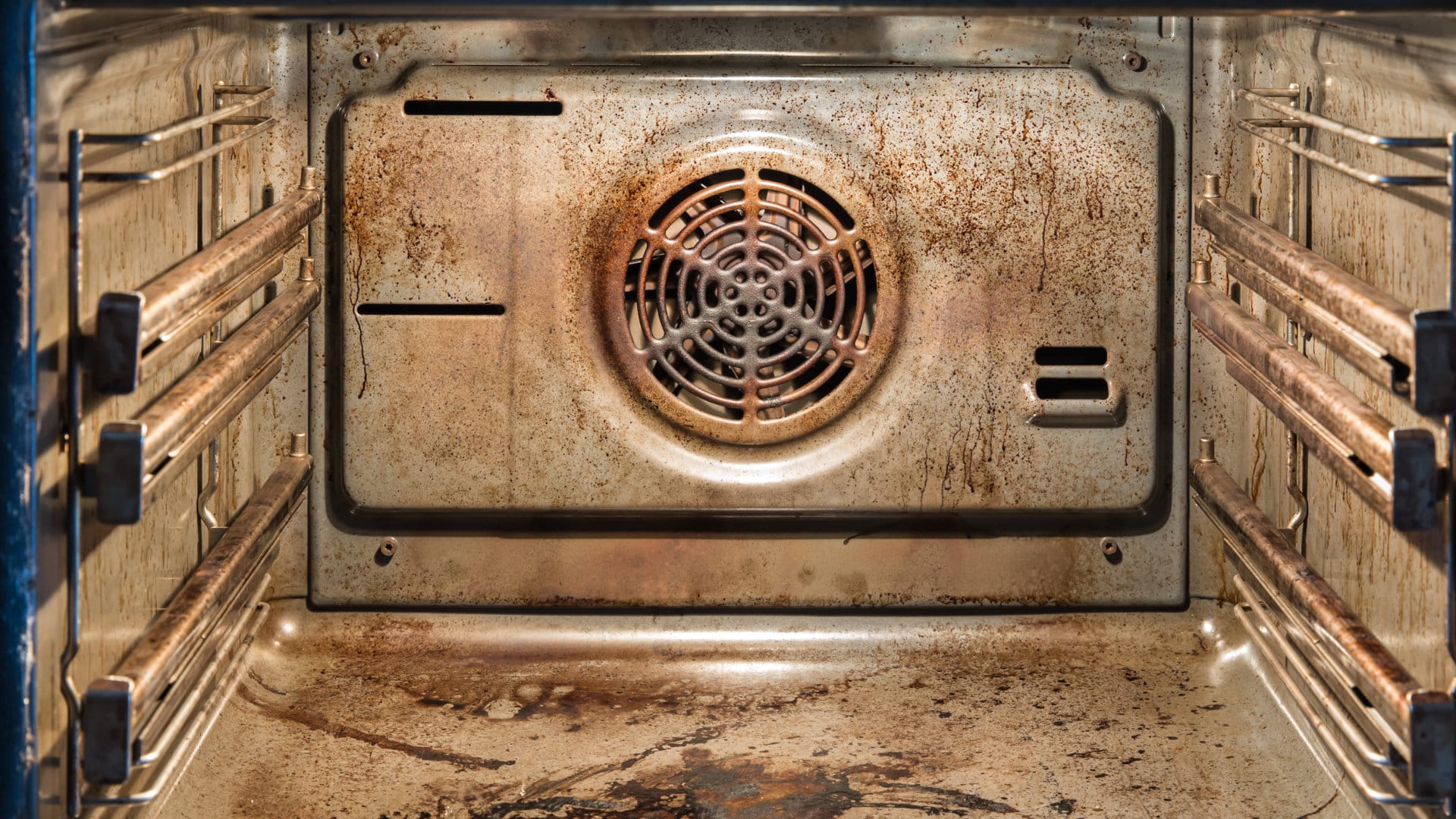
How to Unlock LG Oven Door (After Self-Cleaning)
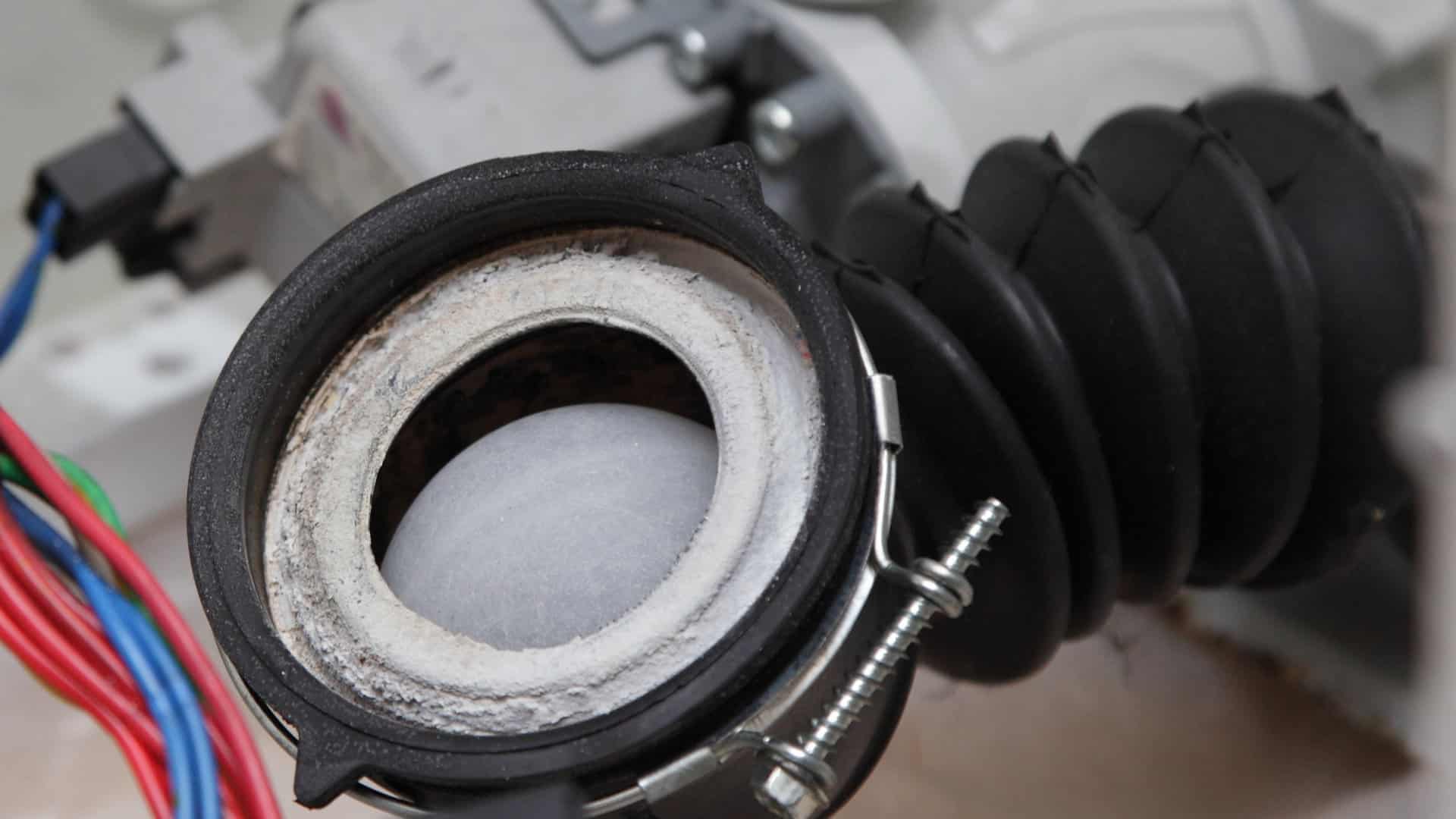
How to Fix LG Washer DE Error Code

Why Your Microwave Is Not Working
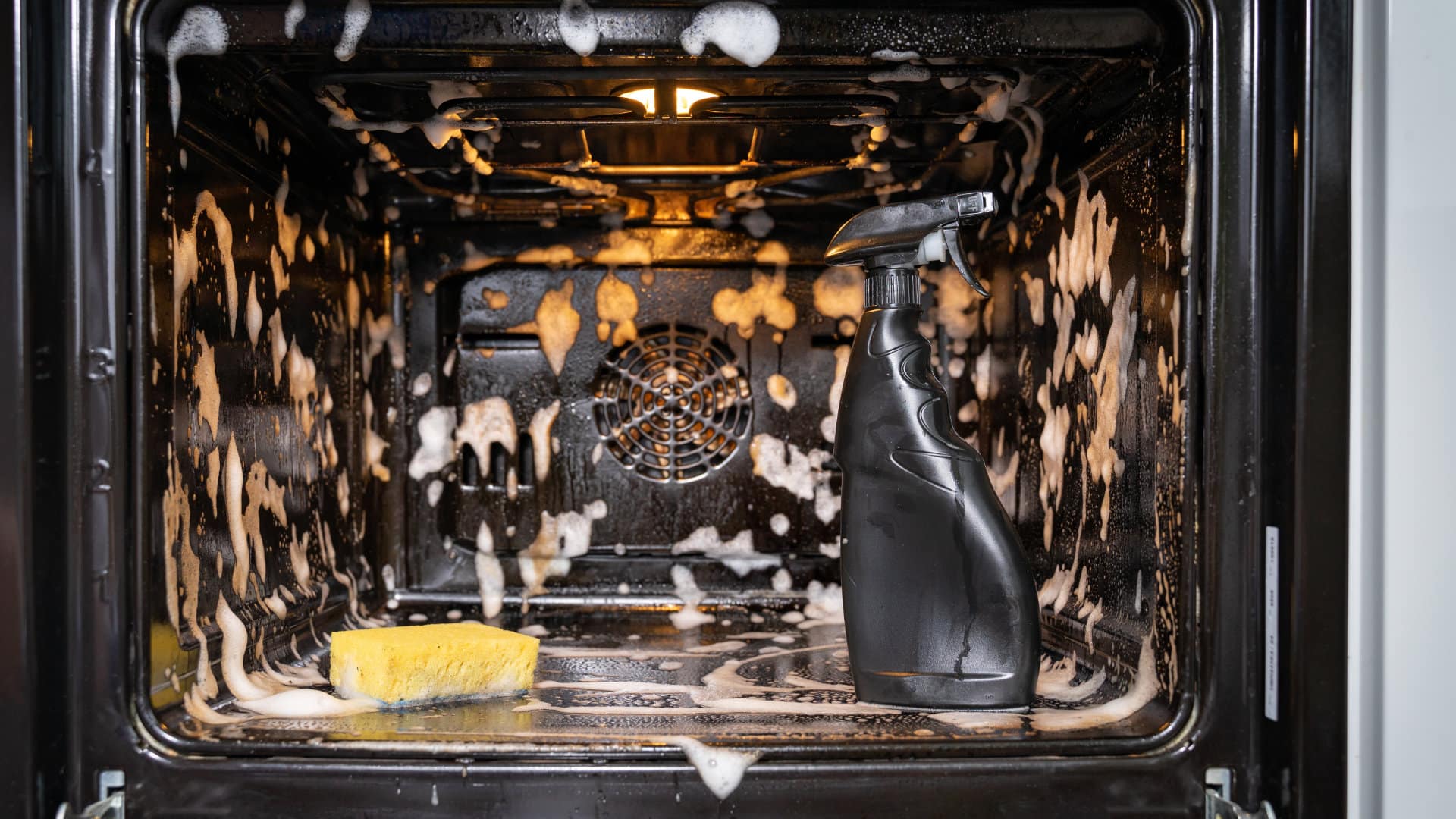
The Quick Guide To Using a GE Self-Cleaning Oven

How to Clean Your Dishwasher with Vinegar

How to Fix a Noisy Refrigerator
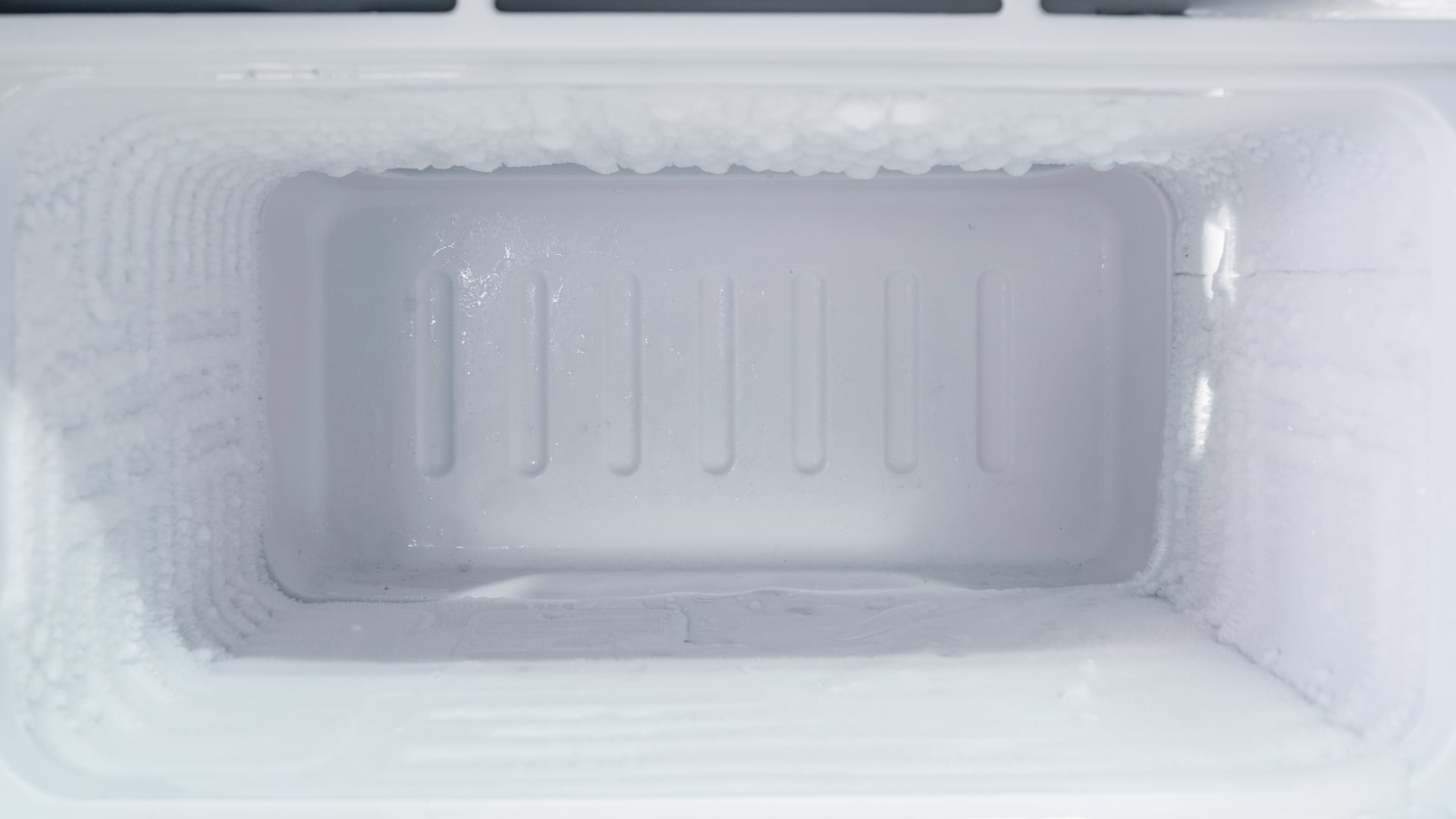
How to Remove Frost Build-up from the Freezer

5 Ways To Clean Your Microwave Naturally


